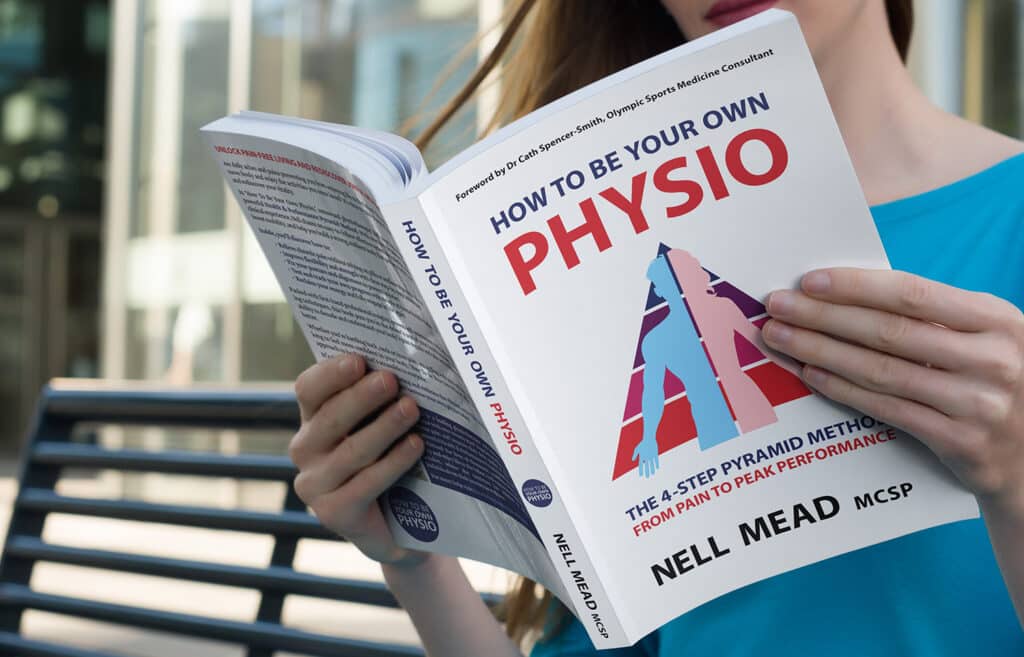Over the last few months, I’ve been writing a series of blog posts detailing Sarah Key’s theory on back pain. I wrote about spinal anatomy and explained how the spine should work in a “normal” situation, and I followed that up by writing about the “stiff spinal segment” and “facet joint arthropathy”— the first two of Sarah’s five stages of back pain. After that, came stage 3, “acute locked back” and most recently, stage 4 – “the disc prolapse.” These posts — along with my companion pieces about Sarah’s exercises — the appeasing exercise and the back block — remain my most searched-for articles . This week I’m rounding off with the final stage – stage 5, then unstable spinal segment.
Today it’s time to talk about the final stage of the 5 – the unstable spinal segment.
You see, in stage 1, the disc became dehydrated and slightly flattened. In stage 2, this flattening led to the facet joints becoming overloaded, irritated, painful and swollen. In stage 3, the multifidis muscle, so vital to stabilise the facet joint, became inhibited and weak, allowing the acute locked back to occur. And then in stage 4, the pressure on the disc became so great as the disc weakened, that the outer walls cracked, allowing the toxic, acidic contents of the nucleus to leak onto the nerve roots as the disc prolapsed.
And in itself, that is rare – only around 3% of patients ever truly get to stage 4, because most have been motivated and able to do something about it by that point!
But what happens after your disc prolapses and you either don’t change your habits early and decisively enough with regard to back hygiene (how and how long you sit, how often you stretch and strengthen) or you have inadequate treatment or surgery, or you have dodgy health or poor quality connective tissue which makes healing more difficult?
The point of the discs is to cushion the vertebrae; but they also have a role in holding the whole spine together firmly. So, as a disc flattens out (or ruptures) and thus loses its internal pressure; and as its corresponding facet joints and multifidi become less effective, the disc itself can become less stable and secure in its moorings.
With each movement, it goes to shear forward at the problem link, tugging at its own walls as it goes. As it degenerates, more strain is taken by the other main structures holding the segments together, which are the capsular ligaments of the facet joints at the same level. Eventually, these ligaments stretch too, leaving the vertebra itself unstable to wobble about in the spinal column – and after a while of this, the body can respond by producing extra bone in the form of osteophytes, to shore up the deficits and prevent the excessive movement.
Fortunately, this is very rare – only around 3% of patients with back pain end up with a true disc prolapse; and very few of those will go on to develop an unstable segment; but it’s complex, difficult and extremely time consuming to treat, and there’s a strong chance that the segment will never regain full function. So if at all possible, don’t let things get this far – come and see a good physio early, call us on 0207 175 0150 and get sorted out long before an unstable spinal segment is on your horizon.







